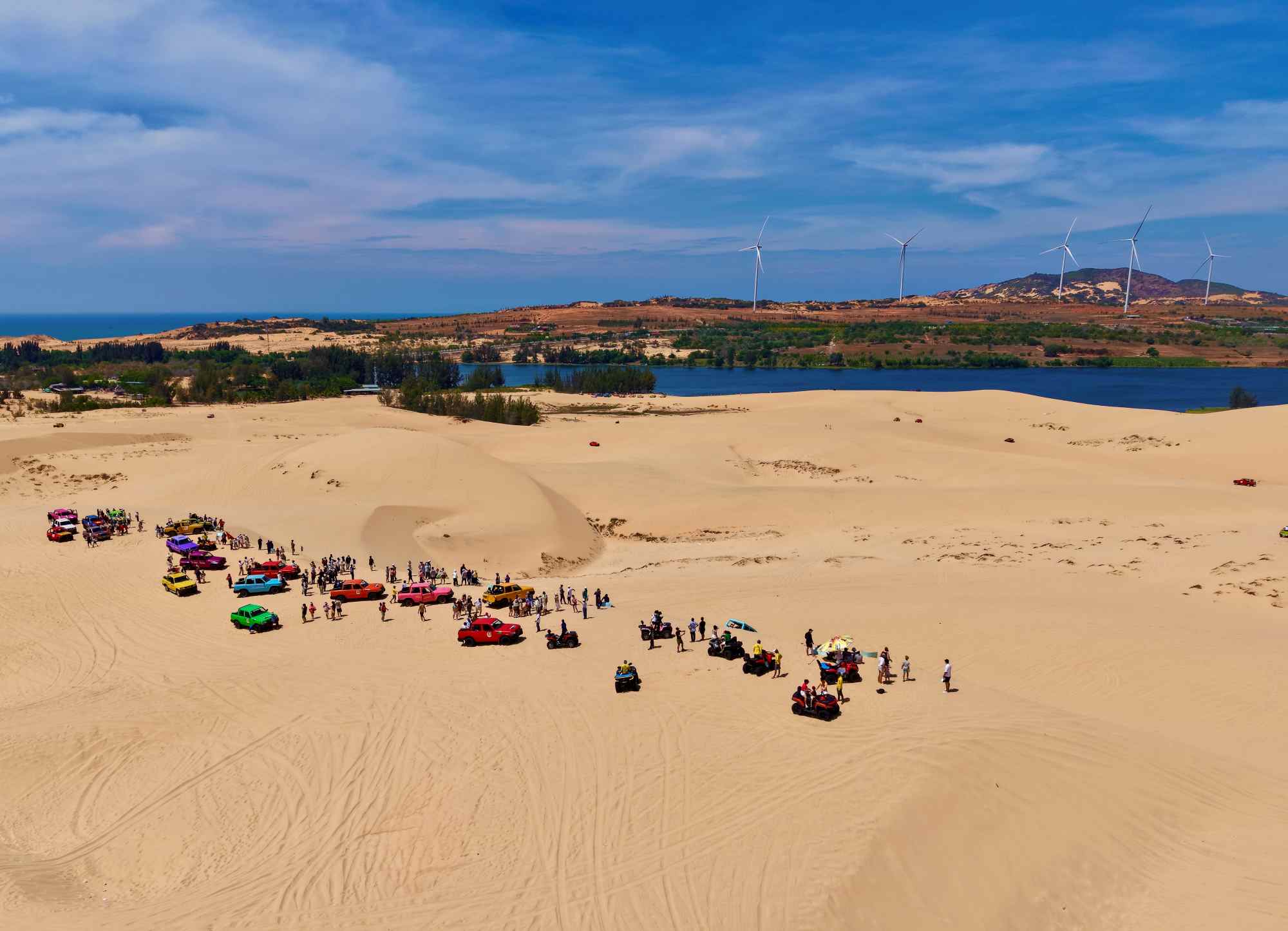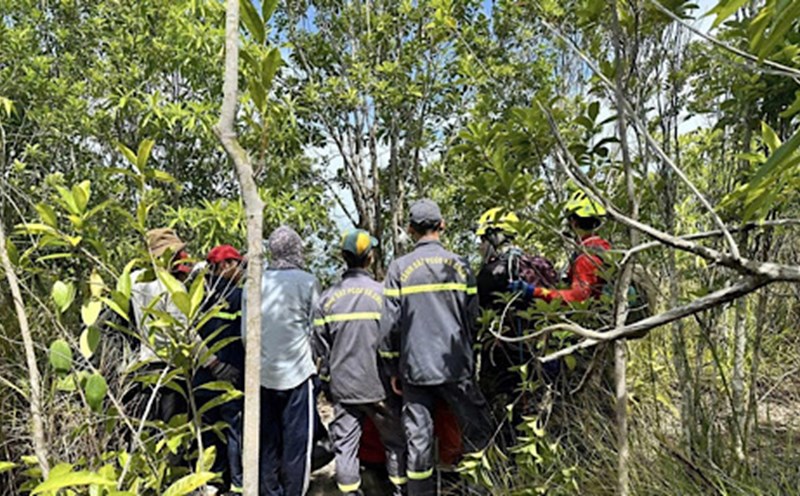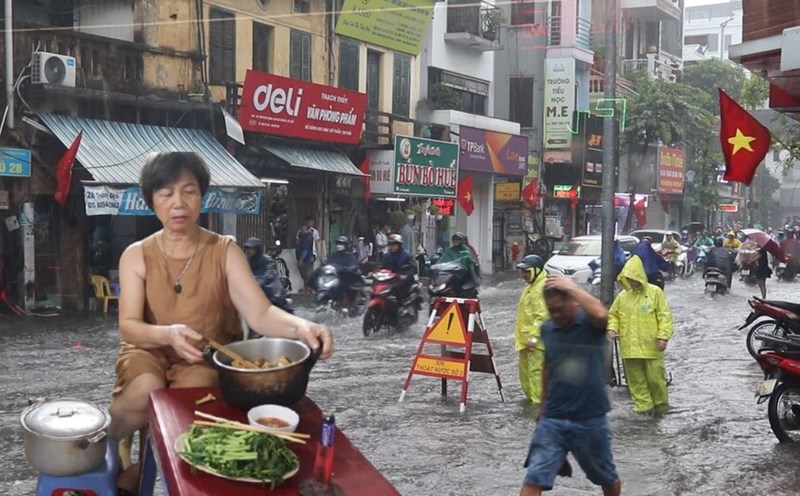Lam Dong province - a highland land famous for its land of thousands of pine trees, thousands of flowers and a cool climate all year round - now has a sea. After merging with Binh Thuan and Dak Nong, Lam Dong province has just become the locality with the largest area in the country, possessing borders, deep-water seaports, coastal sand hills and fertile agricultural plantations.

Lam Dong has a sea - the phrase that sounds paradoxical, has now become a reality. But the change is not only in the administrative map but also a big change in development thinking: From regional planning, transport infrastructure, tourism model to regional economic linkage.
With 192km of coastline and a system of highways, national highways, seaports, high-speed railways and airports, the new Lam Dong is forming a strategic traffic axis that is rare to find anywhere else.
From Da Lat, visitors can travel along National Highways 20, 28, 28B, 55 to reach the Mui Ne sea waves.
Goods from international seaports are also easily transported to the plateau to serve the processing industry, export agricultural products and supply key economic regions in the South. The problem of "The Central Highlands has no way out to sea" has now been solved.
Not only changing administrative geography, Lam Dong also has the opportunity to create typical tourism products, extending the experience journey from sea to forest. Tourists can relax along the coast, play sports on the sand of Mui Ne, then continue the cloud hunting journey in Cau Dat, visit agricultural tours, explore the cultural space of gongs and Ta Dung lake.
A "3 in 1" destination - a convergence of seas, forests and mountains, helps visitors only need one journey to experience three different spaces, three unique ecosystems and cultures.
This natural convergence also opens up opportunities for renewable energy development. From offshore wind power, in mountains and forests to solar power on sand hills, Lam Dong can become a clean energy center, supplying high-tech parks in the plateau, creating a green, smart and connected development ecosystem.
The production - processing - export chain can now be closed in the new province's own space. Mr. Y Thanh Ha Nie K dam - Secretary of the Provincial Party Committee, Head of the National Assembly Delegation of Lam Dong province - affirmed: "The new era has opened up a lot of potential and advantages for Lam Dong to develop. The province has an important geopolitical position, open area from plateau to sea and island, diverse resources with forests, seas, climate, and minerals.
This is a favorable condition for the development of all three economic pillars: Agriculture - Forestry - Fisheries; industry - construction; trade - services".
As a long-time resident reporter in the old Binh Thuan, I am also entering a major change. From a working area only in the sea area, now we have to adapt to the highland space. From rebuilding the source network, establishing relationships with local authorities to getting used to the dangerous steep mountain pass routes.
Travels from the sea to the plateau have become more frequent. These are also new experiences that help me broaden my perspective and better understand the cultural, geographical and human diversity of the new province.









